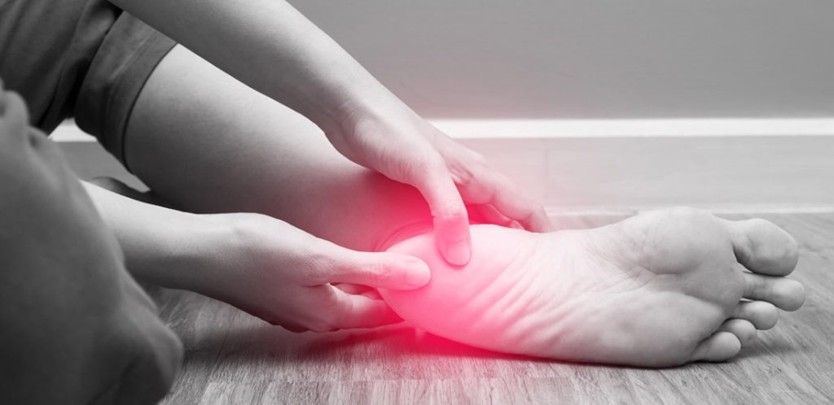
Plantar fasciitis is the largest cause of heel pain that we treat.
Hight Arches Then plantar fascia helps to facilitate the function of the foot and maintain its shape, strength and flexibility. Not plantar fasciitis? While this is the most common cause of heel pain, other conditions like heel bursitis, stress fracture, growing pains in kids, Achilles problems, fat pad injury and other problems can also cause heel pain. During your first visit, you’ll receive a comprehensive assessment to confirm your diagnosis, and your condition will be explained.
What causes plantar fasciitis?
- A sudden increase in physical activity or the intensity of activity
- Particular activities that strain the arch such as climbing stairs
- Wearing shoes that don’t support the arch and fascia
- Your foot type or foot biomechanics (like flat feet)
- Damage from jumping down from a high surface
- Faulty training technique
- Increased body weight
- Increasing age

During resting or non-weight-bearing periods, the plantar fascia shortens. When body weight is rapidly applied to the foot the fascia must stretch and quickly lengthen, causing micro-tears in the fascia. Hypermobility, (excessive internal motion) of the foot can induce future or coexisting problems involving the knee, hip, sacroiliac joint or the low back region.
Often, it is a combination of multiple causes that have ultimately overloaded the fascia. These causes must be corrected to prevent plantar fasciitis from being an ongoing problem for you in the future.
Symptoms
- Heel pain first thing in the morning, which eases after walking
- Pain at the bottom of the heel, possibly radiating to the arch
- Swelling
- Pain after standing up from rest
- Pain can be intermittent or constant
- Pain can range from mild to intense stabbing pain
Heel Spurs
How is plantar fasciitis treated?
- Custom orthotics – these will support the arch and reduce strain and tension on the plantar fascia so it can begin to heal as opposed to being constantly stretched during walking
- Foot mobilisation – foot mobilisation uses hands-on manipulation to work on stiff and dysfunctional joints to best support your recovery
- Footwear review – your regular footwear will be checked and discussed to make sure it’s helping your recovery and not hindering you
- Strapping – to reduce painful symptoms by keeping your foot in a position that relieves strain and pressure from the plantar fascia
- Stretching – once the initial pain and inflammation settle and you are able to handle gentle stretching, stretching the fascia can help reduce and prevent the onset of painful symptoms. Because other tight muscles in the feet and legs can pull on the heel and therefore the fascia, stretching will also focus on other tight muscle groups too
- Strengthening – working to strengthen the muscles of the feet and legs can improve your overall foot and leg function, thereby reducing the risk of injury. Strengthening exercises will be prescribed on a case-by-case basis after reviewing the results of your assessment.
- Exercise review – we’ll make sure the exercise you’re currently doing won’t prolong your recovery or worsen your plantar fasciitis
- RICE – Rest, ice, compression and elevation may be initially used to reduce pain and swelling
- Anti-inflammatory medication – to temporarily relieve pain in the fascia
Will the pain come back?
Just like you can break your leg or sprain your ankle twice, you can definitely develop plantar fasciitis again. The key is to have the right preventative measures in place to reduce the risk of this happening again. By knowing about the condition and its causes, you can make the best decisions for your feet. Make sure you talk through any questions you have with us so you can understand how to best protect and look after your feet
FAQ's
Are plantar fasciitis and a heel spur the same?
Isn’t a heel spur a bone spike – how can you fix it without surgery?
Two ways – first by remembering that, as we described above, when most people say that they have a heel spur, they really have plantar fasciitis, which is tissue damage. Where a heel spur is present, it actually may or may not be causing symptoms, as research has demonstrated that many people with aheel spur feel no heel pain, and many people with heel pain display no heel spur. Where a heel spur is causing problems.
Why are orthotics recommended for heel pain?
We should note that – not everyone will need orthotics for their foot pain or problem. Orthotics should only be recommended and prescribed after a thorough assessment with your podiatrist, who will confirm that orthotics can help. Not everyone needs orthotics.

